Table of content
Loofah, scientifically known as Luffa acutangula or commonly referred to as Chinese okra, is a versatile vegetable widely used in Asian, Middle Eastern, and Caribbean cuisines. Its mild flavor and sponge-like texture make it a popular choice for stir-fries, soups, and stews. However, a recurring question among home cooks and food enthusiasts persists: Should loofah be peeled before cooking, or is it safe—and even beneficial—to consume the skin? This article delves into the nutritional, culinary, and cultural dimensions of this debate, offering insights to help you decide whether to embrace the skin or strip it away.
The Anatomy of Loofah: More Than Meets the Eye
Loofah belongs to the gourd family, Cucurbitaceae, and grows on vines. When immature, the vegetable is tender, juicy, and bright green, with a ridged exterior. As it matures, the flesh becomes fibrous, and the skin toughens, eventually drying into the fibrous material used for bath sponges. The key to determining whether to peel loofah lies in its age and intended use.
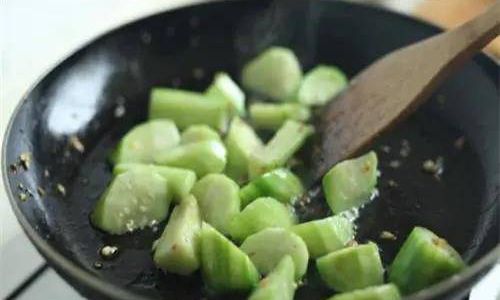
Nutritional Profile of Loofah Skin
The skin of loofah is often overlooked, but it packs a nutritional punch. Rich in dietary fiber, antioxidants, and vitamins, the skin offers health benefits that the flesh alone cannot provide:
- Dietary Fiber: The skin contains insoluble fiber, which aids digestion, promotes gut health, and helps regulate blood sugar levels.
- Vitamins and Minerals: Loofah skin is a source of vitamin C, vitamin A, potassium, and magnesium, all essential for immune function, skin health, and muscle function.
- Antioxidants: Compounds like beta-carotene and lutein in the skin combat oxidative stress, reducing the risk of chronic diseases.
However, the skin’s nutritional value comes with a caveat: its texture. While young loofah skins are tender and edible, older specimens develop a waxy, bitter coating that can be unpalatable.
Culinary Practices: Peeling vs. Non-Peeling
The decision to peel loofah often hinges on regional cooking traditions and personal preference.
In Asian Cuisines
- Chinese Cooking: Young loofah (known as silk gourd or sima gua) is often stir-fried with skin intact, as the ridges add texture. However, older loofah is peeled to remove bitterness.
- Thai and Vietnamese Cuisines: Loofah is frequently used in soups like tom chuet (Thai vegetable soup), where the skin remains for visual appeal and nutrition.
- Indian Cuisines: In dishes like dodhi sabzi, loofah is peeled to create a smoother consistency, though some recipes retain the skin for added fiber.
Western Adaptations
In non-traditional contexts, loofah is less common, but its popularity is growing in fusion cuisine. Chefs often peel it to appeal to diners accustomed to softer vegetables like zucchini, though this practice may discard valuable nutrients.
The Case for Eating the Skin
Advocates of consuming loofah skin argue that it enhances both nutrition and culinary experience.
Nutrient Retention
Peeling loofah removes a significant portion of its fiber and antioxidants. For instance, a 2019 study published in the Journal of Food Science and Technology found that unpeeled loofah retained 30% more vitamin C than peeled samples.
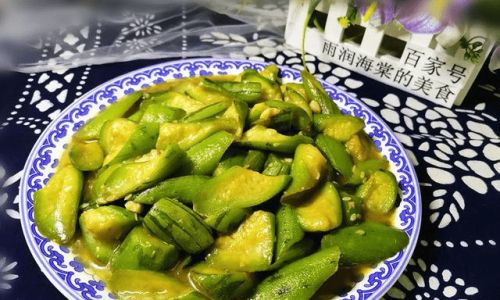
Texture and Flavor
The skin adds a subtle crunch to stir-fries, contrasting with the soft flesh. When cooked properly, it absorbs sauces and spices, intensifying the dish’s flavor profile.
Sustainability
Retaining the skin reduces food waste, aligning with eco-conscious cooking practices.
The Case Against Eating the Skin
Critics cite texture, bitterness, and potential contaminants as reasons to peel loofah.
Tough Texture
Mature loofah skin becomes fibrous and chewy, ruining the dish’s mouthfeel. For example, in a stir-fry, overcooked skin may turn mushy, while undercooked skin remains rigid.
Bitterness
Older loofah varieties develop a bitter compound called cucurbitacin, concentrated in the skin. While non-toxic, excessive bitterness can overpower a dish.
Pesticide Residues
Non-organic loofah may harbor pesticides on the skin. A 2020 report by the Environmental Working Group listed gourds as prone to pesticide contamination, though thorough washing can mitigate this risk.
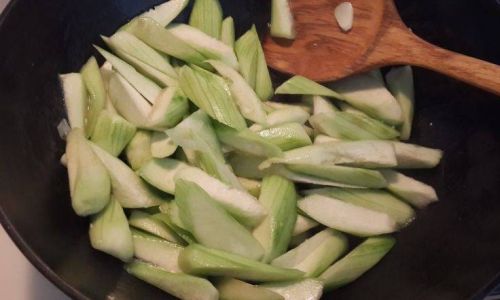
How to Determine If Your Loofah Skin Is Edible
Not all loofah skins are created equal. Use these guidelines to decide:
- Age Test: Gently press the skin. If it yields easily, it’s young and edible. If it feels rigid, peel it.
- Color Check: Vibrant green skin indicates freshness; dull or yellowing skin suggests maturity.
- Taste Test: Rub a small piece of skin and taste it. If bitter, peel the loofah.
Preparation Tips for Stir-Fried Loofah
Whether you choose to peel or not, proper preparation ensures a delicious dish.
If Retaining the Skin
- Scrub Thoroughly: Use a vegetable brush to remove dirt and pesticides.
- Slice Thinly: Cut the loofah into diagonal slices to maximize surface area for even cooking.
- Blanching (Optional): Briefly boil the slices to soften the skin before stir-frying.
If Peeling
- Use a Peeler: A Y-shaped peeler works best for ridged loofah.
- Remove Ridges Gently: Peel in sections to avoid wasting flesh.
- Check for Residue: After peeling, rinse again to eliminate any remaining bitter compounds.
Cultural Perspectives on Loofah Skin
The debate over loofah skin reflects broader cultural attitudes toward food waste and texture.
In Traditional Chinese Medicine (TCM)
Loofah is valued for its cooling properties, believed to clear heat and detoxify the body. TCM practitioners often recommend consuming the skin to maximize these benefits, especially in summer dishes.
In Western Nutrition Science
While Western studies acknowledge the skin’s nutritional value, they emphasize the importance of sourcing organic loofah to avoid contaminants.
Generational Divides
Older generations in loofah-growing regions may prefer unpeeled loofah, viewing peeling as wasteful. Younger cooks, influenced by globalized cuisine, often peel it for aesthetic reasons.
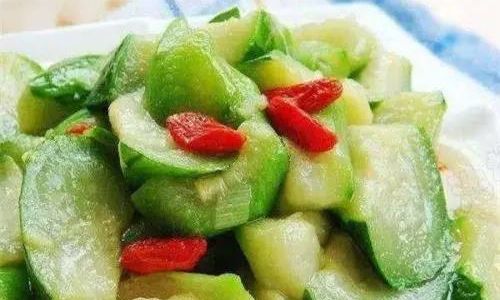
Recipe Inspiration: Stir-Fried Loofah with Garlic and Skin
For those curious about unpeeled loofah, try this recipe:
Ingredients:
- 2 medium loofah (unpeeled, sliced)
- 3 garlic cloves, minced
- 1 tbsp vegetable oil
- 1 tsp soy sauce
- 1/4 tsp sugar
- Salt to taste
Instructions:
- Heat oil in a wok over medium heat. Add garlic and stir-fry until fragrant.
- Toss in loofah slices. Stir-fry for 3–4 minutes until slightly softened.
- Add soy sauce, sugar, and a splash of water. Cover and steam for 2 minutes.
- Uncover, increase heat, and stir-fry until the liquid evaporates. Season with salt.
Pro Tip: If the skin feels tough, add a pinch of baking soda while stir-frying to tenderize it.
Addressing Safety Concerns
While loofah skin is generally safe, exercise caution:
- Allergies: Though rare, some individuals may experience itchiness or swelling. Discontinue use if symptoms arise.
- Wild Loofah: Never forage wild loofah, as it may resemble toxic plants like Echinocystis lobata (wild cucumber).
Conclusion: A Matter of Balance
The decision to eat loofah skin is personal, influenced by texture preferences, nutritional goals, and cultural traditions. Young, organically grown loofah with tender skin can be a nutritious addition to your diet, while mature or bitter specimens are better peeled. Ultimately, the kitchen is a laboratory—experiment to find what suits your palate and values.
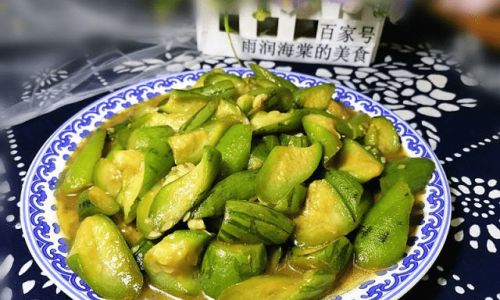
Whether you embrace the skin’s crunch or opt for the flesh’s softness, stir-fried loofah remains a delightful, healthful dish that bridges tradition and innovation. So next time you wield your peeler, pause to consider: Are you discarding more than just skin?



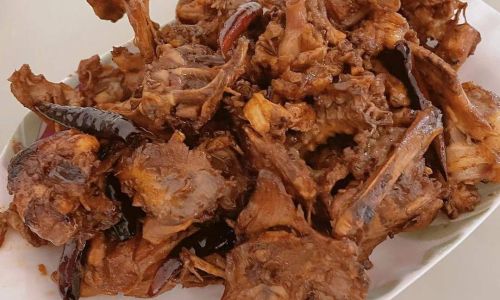
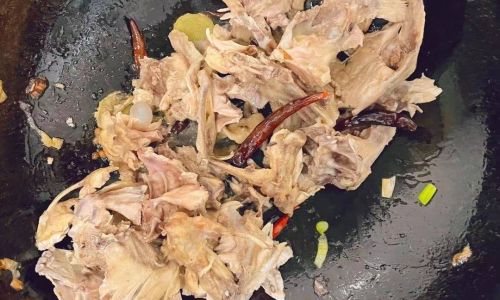
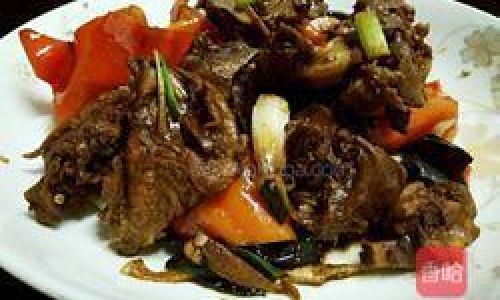
0 comments